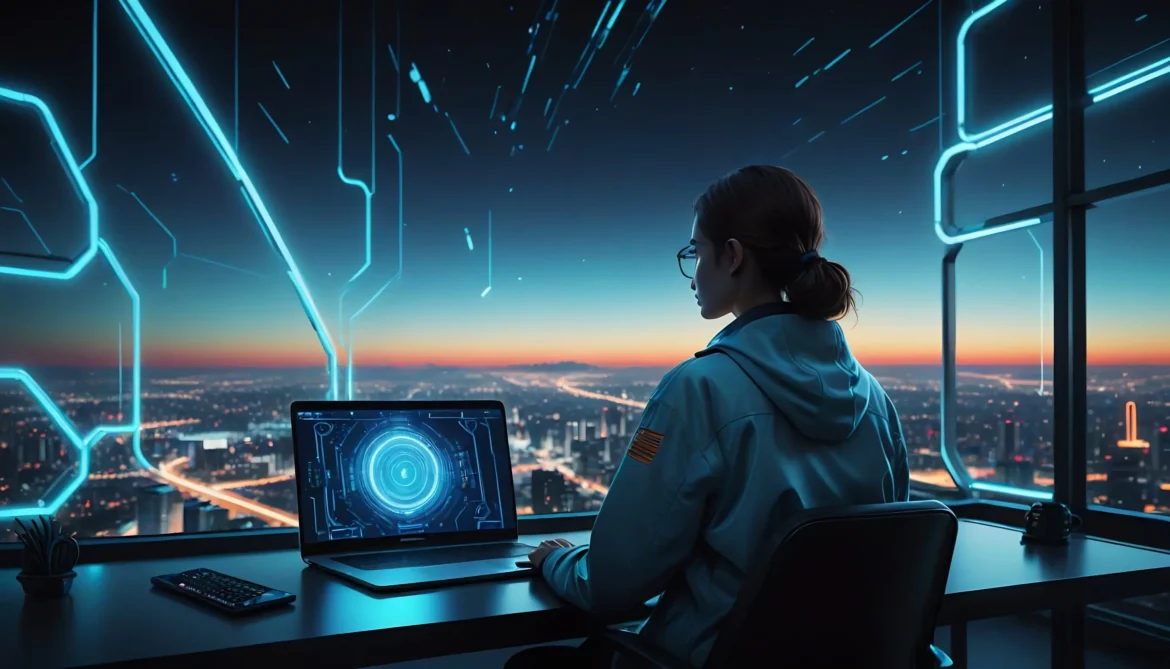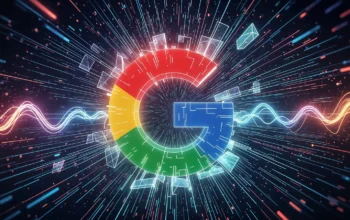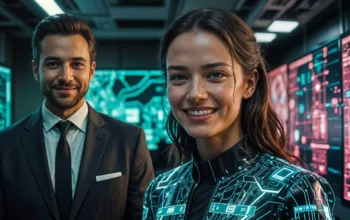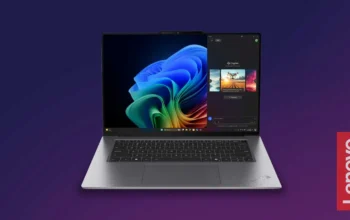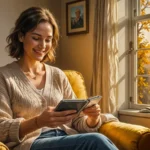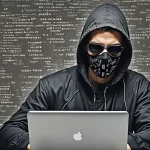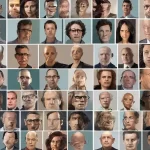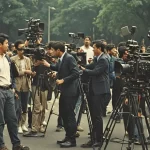OpenAI has recently revolutionized the AI landscape by introducing a state-of-the-art image generation feature within ChatGPT, powered by the advanced GPT-4o model. Initially available exclusively to paid subscribers, this feature has now been extended to all users, enabling the creation of images reminiscent of Studio Ghibli’s enchanting art style.
Unveiling GPT-4o: A Leap in AI Image Generation
In March 2025, OpenAI unveiled GPT-4o, an enhanced iteration of its AI system designed to generate more realistic and detailed images. This model supersedes the earlier DALL-E 3, offering improved capabilities in creating lifelike images, coherent text, and even transparent backgrounds suitable for logos and presentations.
Widespread Access: From Exclusivity to Universality
Initially, the image generation feature was limited to paid tiers due to overwhelming demand. However, on April 1, 2025, CEO Sam Altman announced that the feature was now available to all users, including those on the free tier. Free users are granted a daily limit of three image generations, providing ample opportunity to explore and create.
Creating Studio Ghibli-Style Images: A Step-by-Step Guide
The integration of GPT-4o has sparked a surge in users transforming their photos into Studio Ghibli-style images. To achieve this:
- Access ChatGPT: Visit the ChatGPT website or open the app.
- Upload Your Image: Click the ‘+’ sign at the bottom left corner to upload your chosen image.
- Input Your Prompt: Enter a prompt such as “Ghiblify this” or “turn this image into Studio Ghibli style.”
- Generate and Save: Wait for the AI to process and generate the image, then download your Ghibli-inspired creation.
Addressing Challenges and Exploring Alternatives
While the feature has been widely praised, some users have encountered limitations, particularly on the free tier, including daily generation caps and occasional quality inconsistencies. For instance, a user reported that the AI sometimes produced images resembling paintings rather than photographs. Additionally, the high demand led to temporary delays in the feature’s rollout.
For those seeking alternatives, platforms like Midjourney, Getimg.ai, and insMind offer similar functionalities, allowing users to create Ghibli-style images by describing scenes or uploading photos.
The Impact of OpenAI’s Image Generator
The introduction of GPT-4o’s image generation has significantly influenced both the AI and creative communities. Within hours of its release, ChatGPT gained a million new users, highlighting the feature’s immense popularity. However, this surge also raised concerns about copyright and the ethical use of AI in art, prompting discussions about the potential implications for artists and designers.
OpenAI’s Strategic Developments
Beyond the image generator, OpenAI has made notable strides in the AI sector. The company recently secured $40 billion in funding, led by SoftBank, elevating its valuation to $300 billion. This substantial investment aims to support ongoing AI advancements and address challenges such as competition from entities like China’s DeepSeek. Additionally, OpenAI’s transition from a nonprofit to a for-profit organization continues to spur discussions about the ethical and societal impacts of AI technologies.
Looking Ahead: The Future of AI Image Generation
As AI continues to evolve, the integration of models like GPT-4o signifies a shift towards more accessible and sophisticated creative tools. While challenges persist, the democratization of AI-powered image generation opens new avenues for artists, businesses, and hobbyists alike. OpenAI’s commitment to refining these technologies suggests a future where AI plays a pivotal role in creative expression and innovation.


